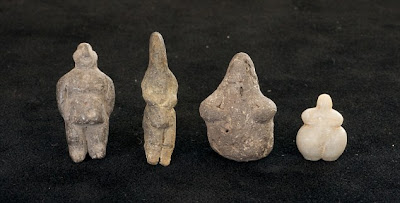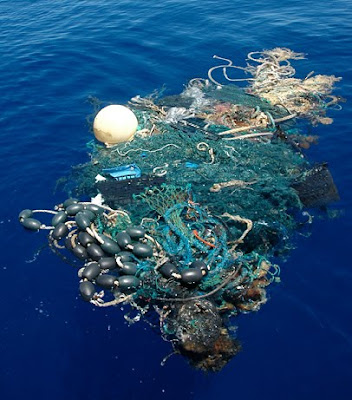E.D. Hirsch, Jr., writing in the Chronicle
("How Schools Fail Democracy"), bemoans the many Americans who don't seem to have a common language for talking about political problems:
Full membership in any speech community and in any democracy involves mastery not just of grammar and pronunciation, but also of commonly shared knowledge—often unspoken and unwritten—that is equally essential to communication. All effective writers and speakers have learned the convention of tacit knowledge. They know that a baseball metaphor like "he struck out" can be confidently used, but a cricket metaphor like "he was leg before" cannot. Their audience will know the name Franklin D. Roosevelt, but not necessarily Harold L. Ickes.
Obviously there is something to this. You can't have much of a conversation without some shared knowledge and experience. We do count on our schools to teach students enough American history and civics to understand the basic political discourse.
But the whole piece still reeks of white privilege and smug conservatism. Hirsch assumes that everybody but a few kooks agrees on what our students ought to be learning, and that what they agree on is the standard patriotic historical narrative, plus the Bible, Shakespeare, and a few other classics. In fact there is no such agreement, and every time somebody tries to create such a standard curriculum a horrible row breaks out. Who are the historical figures American students should be learning about? Should we have Ronald Reagan, Cornelius Vanderbilt, and Thomas Edison? Or perhaps Nat Turner, Samuel Gompers, and Medgar Evers?
And what should the students learn about whatever heroes we choose? I think we could probably agree that George Washington belongs in the curriculum, but what will we say about him? Should we point out that he believed very strongly that society should be dominated by the wealthy, educated elite, and that he was very suspicious of democracy? Should we note that he was a deist who said a great deal about Providence and next to nothing about Jesus, and who explicitly said that the United States was not a Christian nation? (I dare you to try that one in rural Virginia.) Should we point out that Thomas Jefferson was one of history's leading hypocrites? That Martin Luther King cheated on his wife and was at least interested in socialism?
There is no politically neutral way to teach history. By what we choose to include or exclude, and what we chose to say, we offer an interpretation of the past that somebody else will challenge. When I teach recent history I try to convey what political activists of all stripes believe in and what vision they pursued, and I strive to be even-handed. But this is itself a political act, because it asserts that the past is not of immediate political relevance. It denies the stories that, for example, labor activists and religious conservatives believe ought to be told. By teaching without villains and heroes, without white hats and blacks, I reject certain approaches to both the past and to contemporary politics.
Literature is no easier. There is no list of books that everyone agrees are important, nor is there any agreed way to teach the ones that show up on numerous lists. And why do kids need to know baseball metaphors, when a lot more of them play soccer?
Hirsch wants to use the school curriculum to promote American unity:
Mastery of the knowledge assumed within the American speech community is not just a technical prerequisite for proficiency in the standard language. It is also a prerequisite to something equally profound in a democracy—a sense of community and solidarity within the nation.
But does a real knowledge of history promote a "sense of community," or does it show that we have always been in conflict with each other? Should we exclude, say, slavery, the Civil War, the coal mine wars, and the Civil Rights struggle in the name of "solidarity"?
I have a better idea: instead of trying to create a sense of community through shared metaphors, how about we actually work together and help each other? When rich bankers oppose giving basic health care to poor people, and CEOs take no interest in whether their lower-ranking employees can make ends meet, maybe people should fight them, instead of looking for some kind of common ground based on baseball metaphors and the Federalist Papers.






























